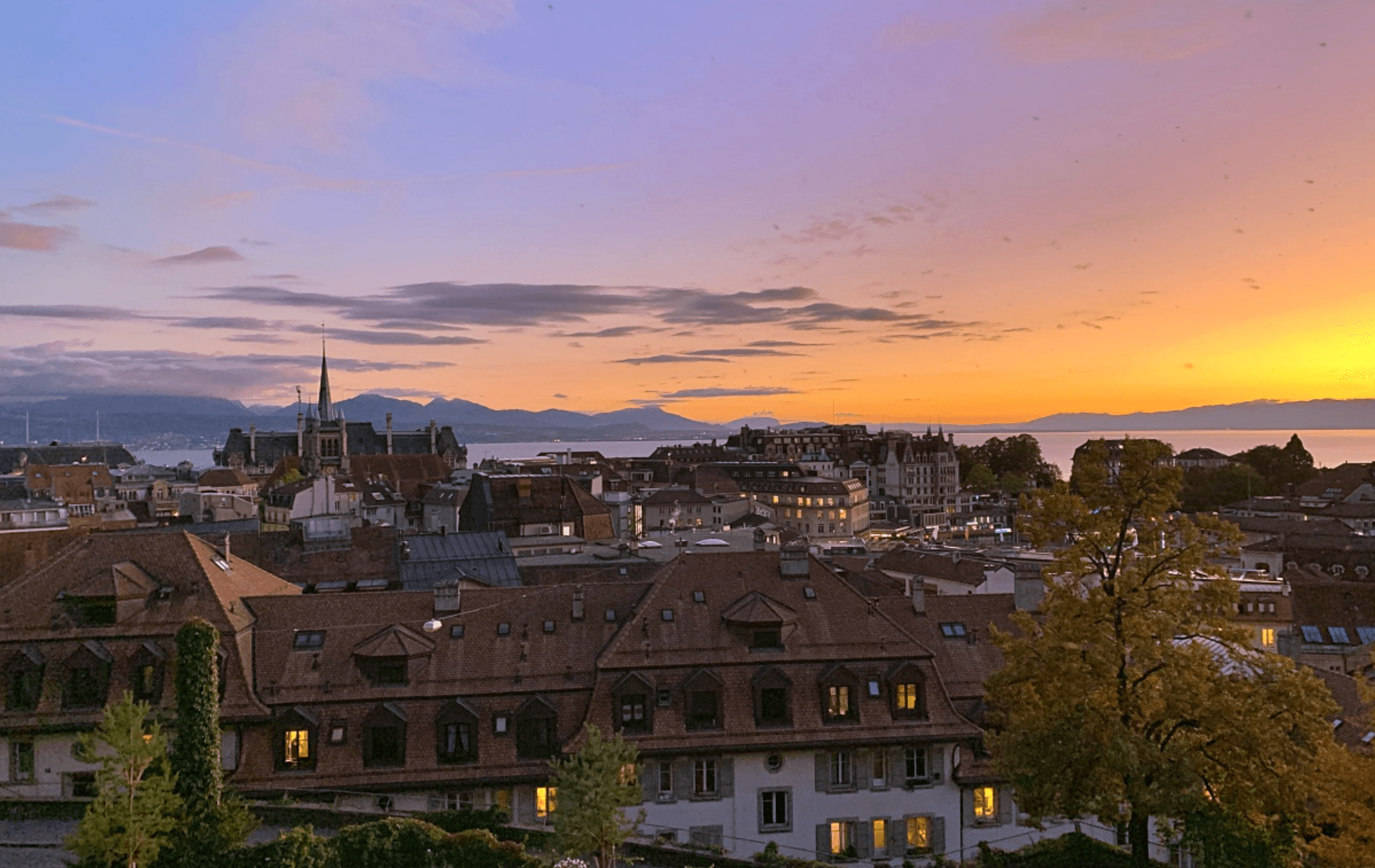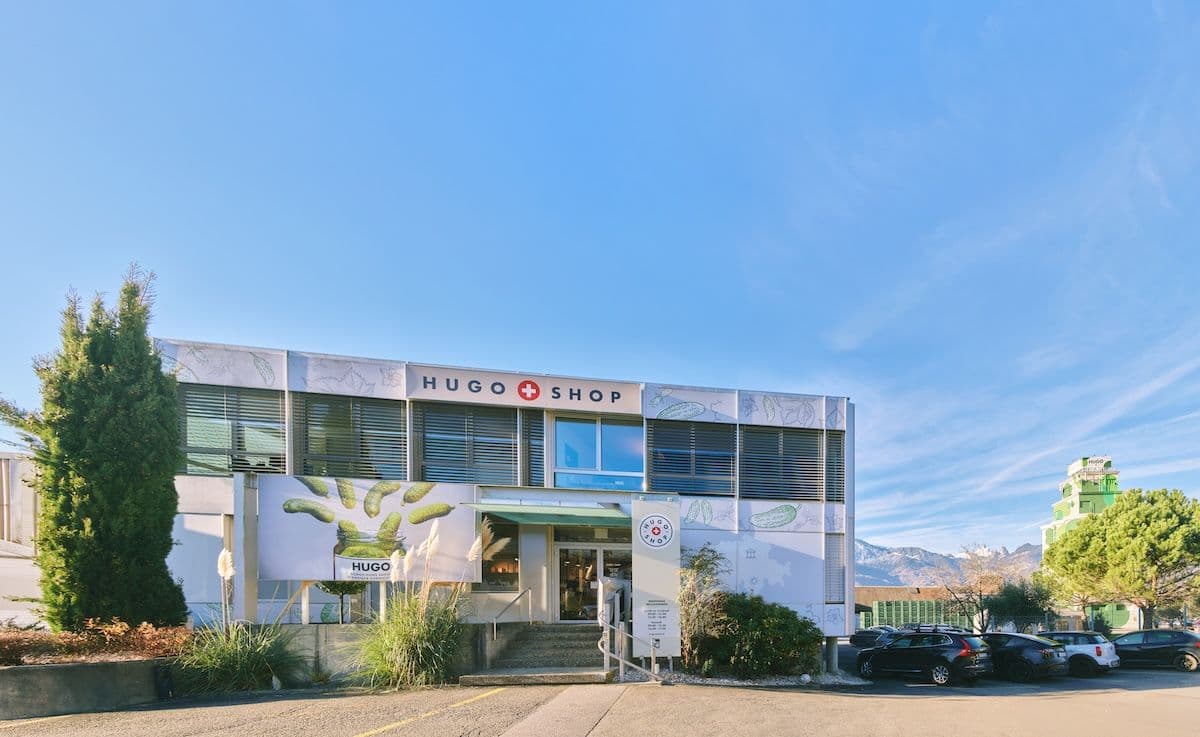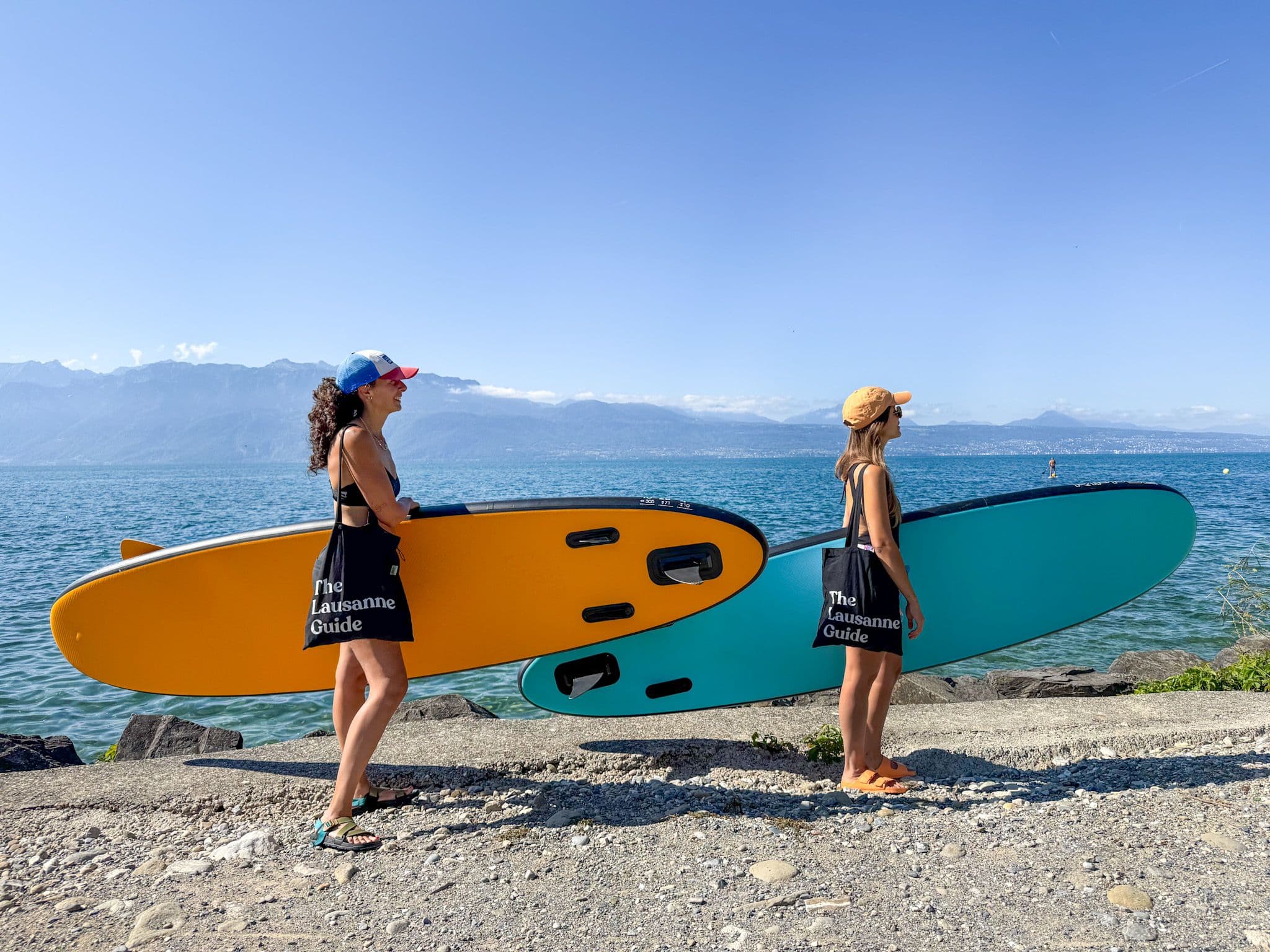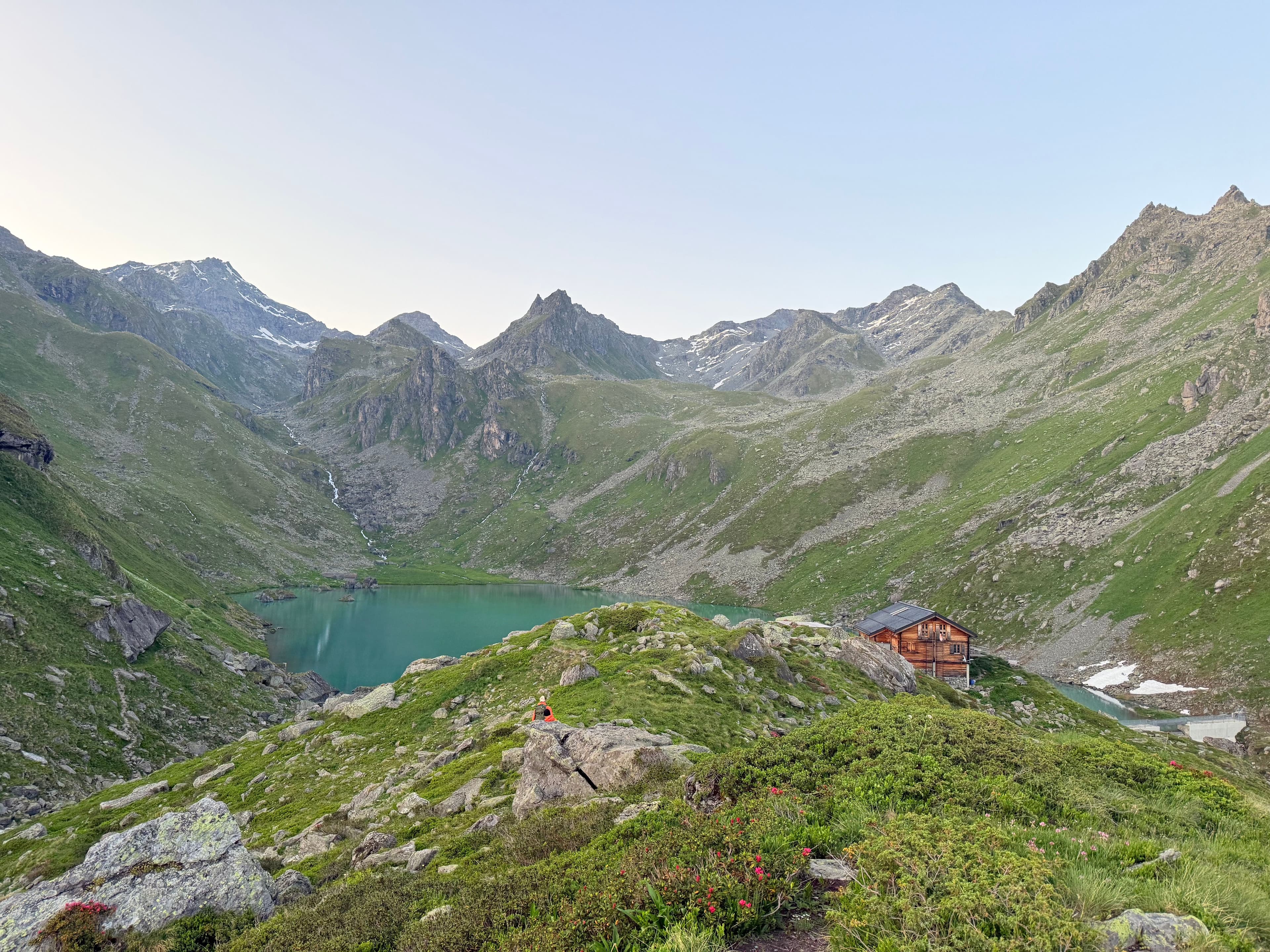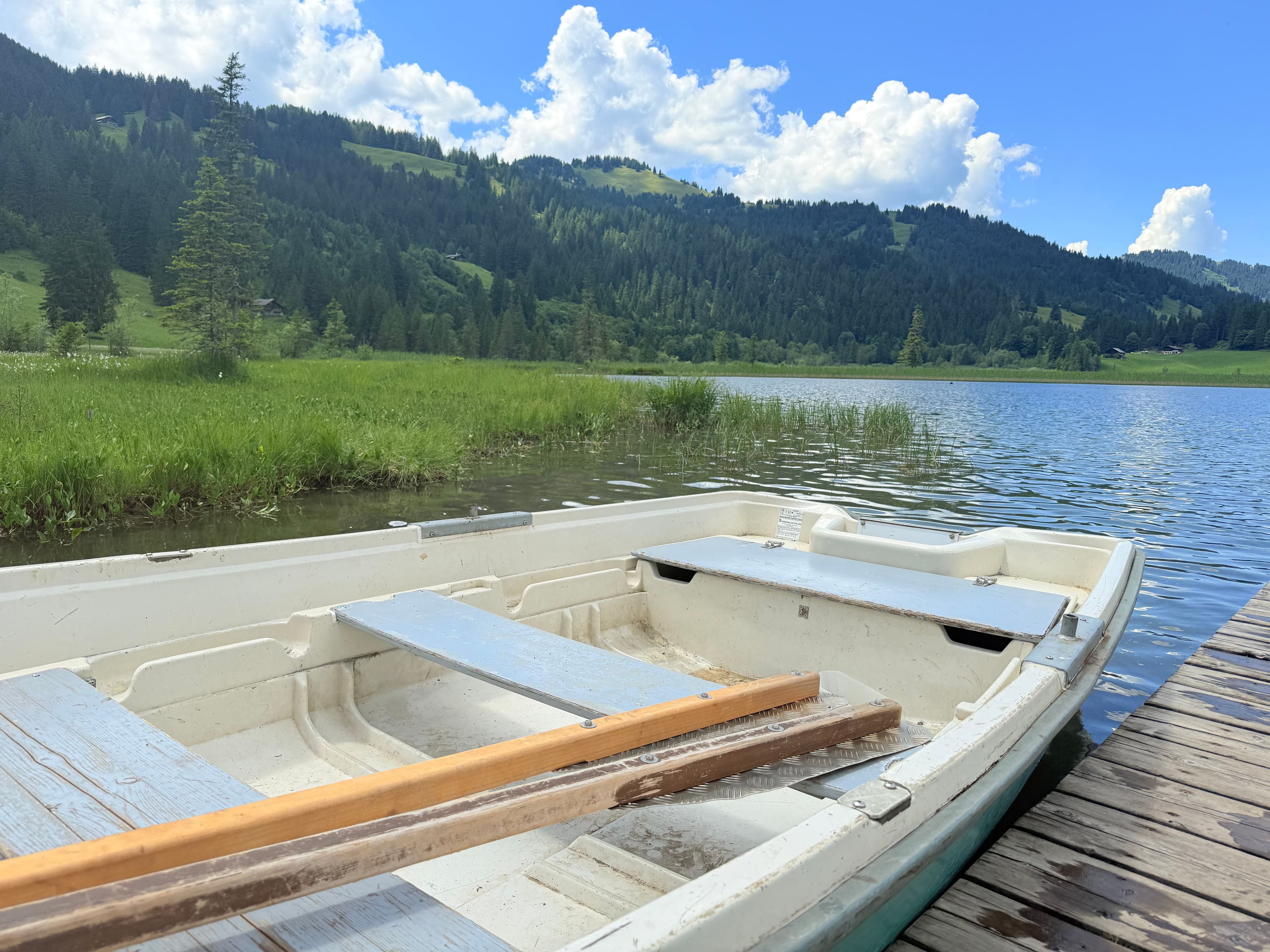Maybe it’s the fact that our Instagram feeds have turned into a daily gallery of fiery skies, or that the shorter days make both sunrise and sunset feel more accessible. But lately, Lausanne’s horizons have been putting on a show. From sherbet-colored mornings to molten evening skies, the spectacle has us wondering: why does the light feel especially magical this time of year?
It turns out we have the perfect recipe—thanks to science, the weather, and Lausanne’s unique geography—for these glowing masterpieces that bookend our days.

The Science
The color of the sky depends on how sunlight interacts with the atmosphere. Sunlight contains all the colors of the visible spectrum (ROYGBIV, if you remember your rainbow mnemonics). As these light waves travel through the air, they’re scattered by oxygen and nitrogen molecules—a phenomenon known as Rayleigh scattering.

During the day, shorter wavelengths (blues and violets) scatter more easily, giving the sky its characteristic blue hue. But when the sun sits lower on the horizon—whether rising or setting—its light has to pass through more of the atmosphere. Along the way, those blues and greens are filtered out, leaving behind the longer red, orange, and gold wavelengths that paint our skies at dawn and dusk.
The Weather
Enter la bise: that crisp, glacial wind sweeping through the pre-Alps and Jura. It might sting your cheeks, but it also clears the air of moisture and debris, allowing those fiery tones to shine even brighter. Add in Switzerland’s famously clean air (we’re consistently ranked among the world’s top 20 countries for air quality), and you’ve got the perfect backdrop for a Technicolor sky.

The Geolocation
Perched on a slope overlooking Lac Léman, Lausanne has natural front-row seats to the show—whether the sun is climbing above the Alps or sinking behind our neighbors in Geneva. With panoramic views in nearly every direction, it’s easy to catch the light’s daily transformation from soft morning blush to dramatic evening blaze.

Where to Watch It All
Whether you’re an early riser or a sunset chaser, here’s where to make the most of Lausanne’s golden hours:
Sunrise
- Stroll along the Quai d’Ouchy as the first light hits the water.
- Watch the city wake from the Esplanade de Montbenon or the lookout in La Cité just below the cathedral, coffee in hand.
- Hike or run up to Signal de Sauvabelin for an early-morning glow over the lake.
Sunset
- Book an early table with a view at the Sky Lounge or The Lacustre.
- Pack a blanket and apéro for Parc de l’Hermitage.
- Climb Tour de Sauvabelin for a 360° panorama.
- Catch cathedral spires silhouetted in gold from the Esplanade de la Cathédrale.
- Pair your sunset with a sauna (and maybe a cold dip) at Bains des Rives on the Bellerive lakeside.
Lausanne’s skies are a twice-daily reminder to look up and proof that even as winter closes in, the light is still showing off.
